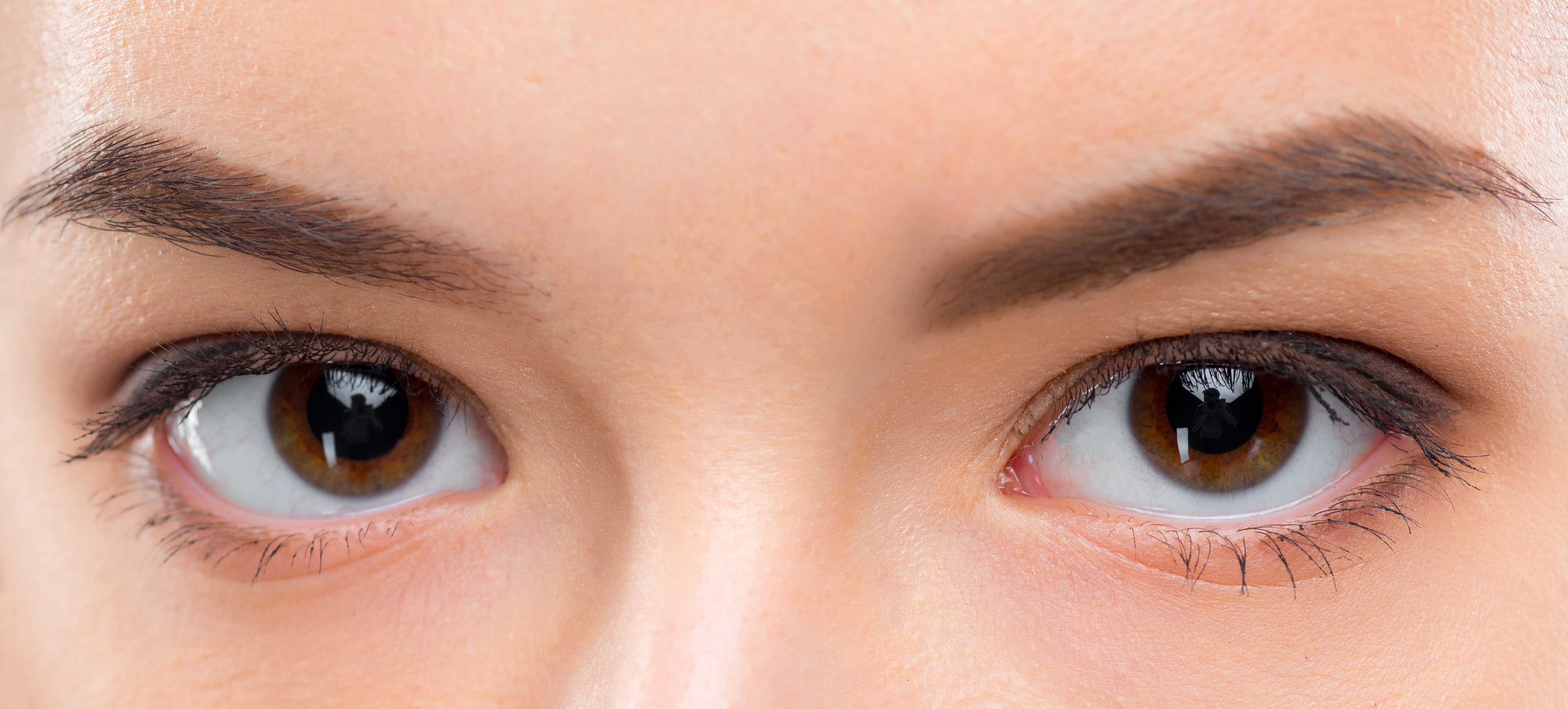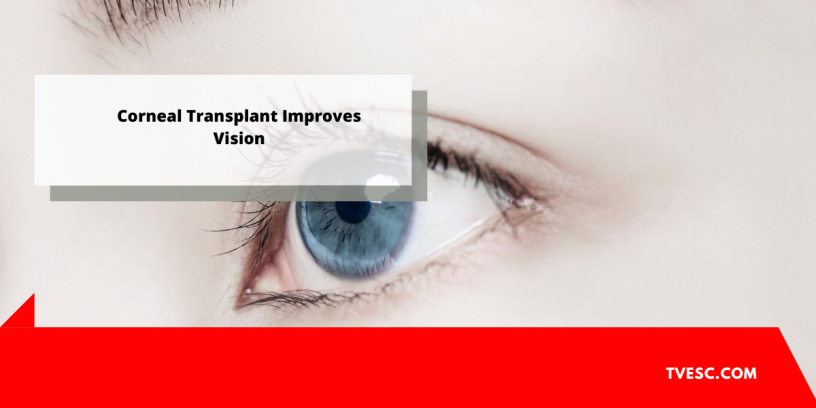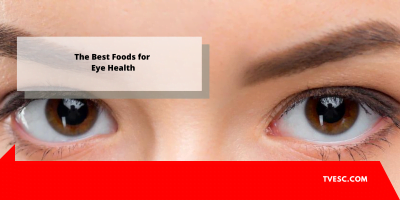What exactly is Cornea?
The cornea is the front section of the eye and is made up of five layers. Because the cornea is transparent, light may enter the eye and be focused on the retina to generate an image. The cornea has a refractive power of 43 dioptres, which accounts for two-thirds of the eye’s focusing ability. The clear crystalline lens that sits below the iris and pupil contributes the rest of the eye’s focusing capacity.
A variety of illnesses and injuries can change the transparency or shape of the cornea, limiting vision. Corneal transplantation is a surgical treatment for improving eyesight in some circumstances.

What Exactly Is Corneal Transplant?
A corneal transplant is a surgical procedure that replaces a damaged cornea with a healthy cornea from a human donor. Depending on the situation, the operation tries to enhance vision, relieve discomfort, manage infection, or restore the structural integrity of the eye.
Corneal Transplantation for Corneal Diseases
There are several corneal illnesses that can be cured by corneal transplantation; here are a few examples:
- Keratoconus
Keratoconus is a condition in which the cornea thins and bulges forward, resulting in a cone-shaped cornea. Astigmatism is the result of this, and in extreme cases, a corneal transplant is a surgical option to enhance eyesight.
- A corneal infection
Corneal infection, commonly known as corneal ulcer, can cause thinning and later perforation of the cornea. A corneal transplant is used to remove the diseased cornea and restore the structural integrity of the eye in this situation.
- Scar on the cornea
Corneal scarring can arise from a corneal ulcer or damage. It is an opacity in the cornea that prevents light from entering the eye and hinders vision. In this case, a corneal transplant can restore eyesight.
- corneal edoema that persists
Persistent corneal edoema caused by non-functioning endothelial cells that line the innermost layer of the cornea causes impaired vision and frequent eye discomfort. This is known as corneal decompensation. A corneal transplant removes the damaged layer and replaces it with healthy endothelial cells, restoring corneal clarity.
- Dystrophies of the cornea
Corneal dystrophies are a set of hereditary illnesses that damage the cornea’s various layers. These disorders often affect both eyes and might be sluggish to develop. Symptoms include blurred vision, watery eyes, light sensitivity, and discomfort. Treatment is determined on the kind of dystrophy and the severity of the visual impairment. In extreme situations, a corneal transplant is an option for improving vision.
Different kinds of corneal transplants
Full and partial thickness corneal transplants are available. The sort of transplant used is determined by the diseased layer.
A full thickness corneal transplant, also known as penetrating keratoplasty, removes the whole thickness of the cornea and replaces it with a healthy donor cornea in cases of corneal disorders that affect the entire thickness of the cornea.
Anterior lamellar keratoplasty (ALK) and deep anterior lamellar keratoplasty (DALK) are two partial thickness corneal transplants (DALK). When corneal illness affects just the front layers of the cornea, partial thickness transplant is the procedure of choice, in which only the front layers of the cornea are removed and replaced with donor cornea, leaving the patient’s own rear layers intact.
When the cells in the rear layer of the cornea stop working, resulting in a bulging and opaque cornea, they are removed and replaced with healthy donor cells that sit on the Descemet’s membrane. The patient’s own corneal front layers are left in place.
Descemet stripping automated endothelial keratoplasty (DSAEK) and Descemet’s membrane endothelial keratoplasty (DMEK) are the two names for this transplant (DMEK).
A corneal transplant provides a potential for improved vision in corneal disorders that are not treatable with glasses, hard gas-permeable contact lenses, or medicines.
For more information about Eye specialist Malaysia, please visit https://www.tvesc.com/en/

